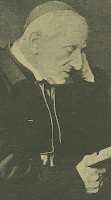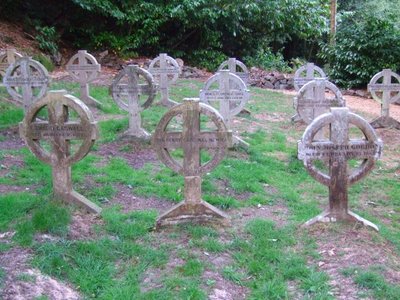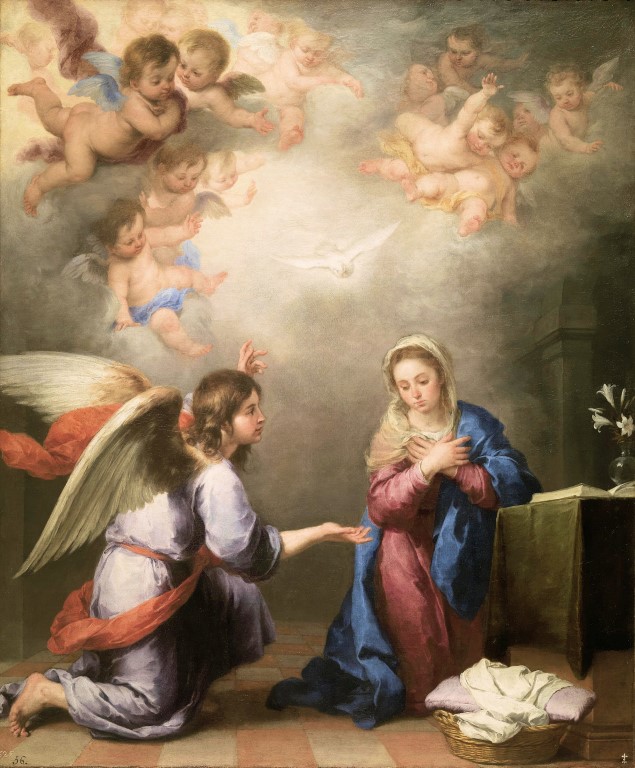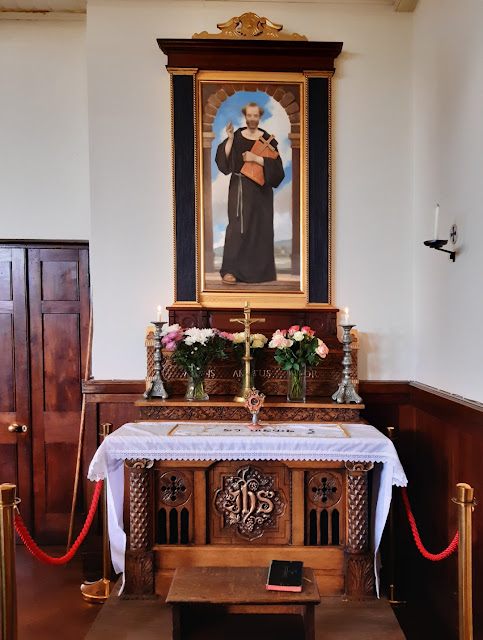Slur on Newman's friendship
 The Congregation for the Causes of Saints has instructed that Newman's body be exhumed and buried in the Oratory Church - normal, standard procedure after the approval of the miracle required for his beatification. Fr Peter Weatherby has picked up on the consequent revival of the slur about Newman's friendship with Ambrose St John. (Cf. The concept of friendship has died)
The Congregation for the Causes of Saints has instructed that Newman's body be exhumed and buried in the Oratory Church - normal, standard procedure after the approval of the miracle required for his beatification. Fr Peter Weatherby has picked up on the consequent revival of the slur about Newman's friendship with Ambrose St John. (Cf. The concept of friendship has died)Newman insisted on being buried in the same grave as Ambrose St John. Martin Pendergast has claimed that the "relationship" slowed Newman's beatification. (Cf. Telegraph: Vatican orders Cardinal Newman to be parted from priest friend in shared grave) Pendergast, of course, has an interest in saying this - a long-time homosexual campaigner, and civil partner of former CAFOD head, Julian Filochowski, the appropriation of Newman as a gay hero. The Pink Paper follows up the story with its own spin ("Cardinal's same-sex resting place upsets Vatican saint makers")
I wrote about this question nearly two years ago when I went to visit the grave at Rednal: Grave of John Henry Newman. Fr Guy Nicholls instructed me to take a photograph not only of Newman's grave but of the two either side.
 As I said back then: "On the left is the grave of Edward Caswall who died in 1878: on the right is John Joseph Gordon who died in 1853; Ambrose St John died in 1875. All three of these men worked very closely with Newman and he felt that they had died relatively young in helping to carry forward his own projects. His instruction for his own burial was not a gesture of affection for St John alone but a desire for the mortal remains of the four of them to imitate the cross."
As I said back then: "On the left is the grave of Edward Caswall who died in 1878: on the right is John Joseph Gordon who died in 1853; Ambrose St John died in 1875. All three of these men worked very closely with Newman and he felt that they had died relatively young in helping to carry forward his own projects. His instruction for his own burial was not a gesture of affection for St John alone but a desire for the mortal remains of the four of them to imitate the cross."As Fr Ian Ker, the renowned Newman scholar, rightly pointed out, the concept of friendship has died. Indeed some customs were only possible on the basis of a general sense of decency. In Newman's time, it was quite common for men to share a bed in a hostel or hotel - if you were of modest means, this might have been with a complete stranger. Moreover, the Victorians were capable of intense friendship without any sexual expression and often spoke in language that seems overly sentimental to us. Nobody in Newman's time would have had the slightest suspicion that his friendship with Ambrose St John was anything other than chaste and celibate.
If the Pink Paper and other gay activists want to hail Newman as their hero, they should bear in mind that he would have considered any such suggestion as a disgusting and outrageous slur on his character. Catholics among them might do well to reflect on what Newman said in his Discourse to Mixed Congregations (IV) on "Purity and Love":
The impure then cannot love God; and those who are without love of God cannot really be pure. Purity prepares the soul for love, and love confirms the soul in purity.


